Clueless about sinks
filaw
13 years ago
Related Stories

KITCHEN DESIGNHouzz Call: Tell Us About Your First Kitchen
Great or godforsaken? Ragtag or refined? We want to hear about your younger self’s cooking space
Full Story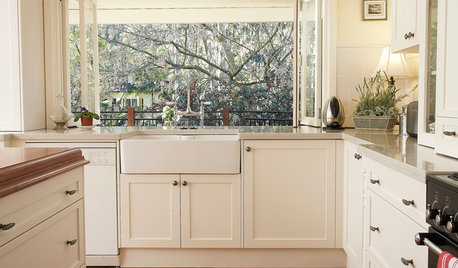
KITCHEN SINKSEverything You Need to Know About Farmhouse Sinks
They’re charming, homey, durable, elegant, functional and nostalgic. Those are just a few of the reasons they’re so popular
Full Story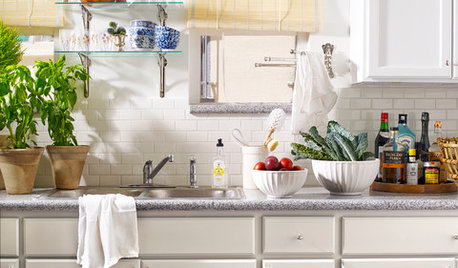
KITCHEN DESIGNKitchen of the Week: Making Over a Rental for About $1,500
Fresh paint, new hardware, added storage, rugs and unexpected touches breathe new life into a Los Angeles apartment’s kitchen
Full Story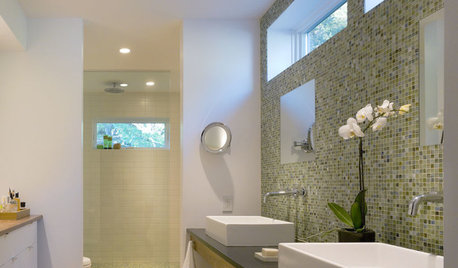
REMODELING GUIDESWhat to Know About Budgeting for Your Home Remodel
Plan early and be realistic to pull off a home construction project smoothly
Full Story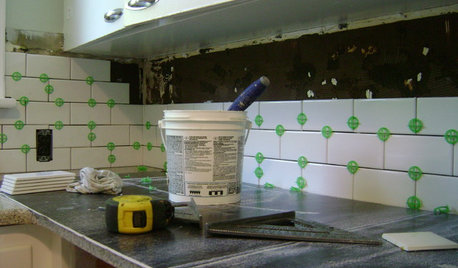
MOST POPULAR19 Kitchen Projects Every Homeowner Should Know About
Could your kitchen use a new sink, a backsplash, updated hardware, better organization, a good cleaning? Here's how to get started
Full Story
FUN HOUZZHouzz Call: Tell Us About Your Dream House
Let your home fantasy loose — the sky's the limit, and we want to hear all about it
Full Story
GARDENING GUIDESNew Ways to Think About All That Mulch in the Garden
Before you go making a mountain out of a mulch hill, learn the facts about what your plants and soil really want
Full Story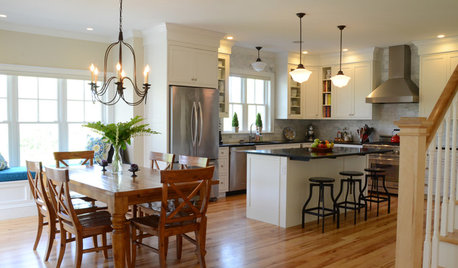
BUDGETING YOUR PROJECTHouzz Call: What Did Your Kitchen Renovation Teach You About Budgeting?
Cost is often the biggest shocker in a home renovation project. Share your wisdom to help your fellow Houzzers
Full Story
LIGHTINGWhat to Know About Switching to LED Lightbulbs
If you’ve been thinking about changing over to LEDs but aren't sure how to do it and which to buy, this story is for you
Full Story
LIFEHouzz Call: What Has Mom Taught You About Making a Home?
Whether your mother taught you to cook and clean or how to order takeout and let messes be, we'd like to hear about it
Full Story







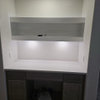

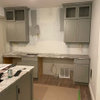
jakabedy
plllog
Related Professionals
Cuyahoga Falls Kitchen & Bathroom Designers · Glens Falls Kitchen & Bathroom Designers · Hemet Kitchen & Bathroom Designers · Northbrook Kitchen & Bathroom Designers · Woodlawn Kitchen & Bathroom Designers · Creve Coeur Kitchen & Bathroom Remodelers · Fair Oaks Kitchen & Bathroom Remodelers · Independence Kitchen & Bathroom Remodelers · Oklahoma City Kitchen & Bathroom Remodelers · Middlesex Kitchen & Bathroom Remodelers · Kaneohe Cabinets & Cabinetry · Lockport Cabinets & Cabinetry · Reading Cabinets & Cabinetry · Ardmore Tile and Stone Contractors · Turlock Tile and Stone Contractorshsw_sc